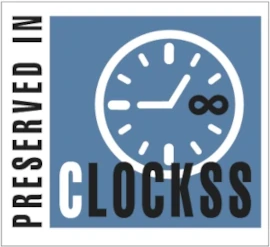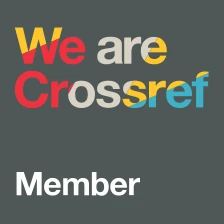Call for papers: 'Home and Homelessness'
Guest editor: Katie Hail-Jares
Anti-Trafficking Review calls for papers for a Special Issue themed 'Home and Homelessness'.
What is a home? Since the 1970s, statisticians and sociologists have been turning away from a definition of home based on place (e.g. within a constructed shelter) and instead focusing on cultural definitions that consider the context in defining what is adequate housing. This sociocultural understanding of home has expanded to include and consider autonomy and that homelessness encompasses any accommodation arrangement in which a person lacks control over space for social and personal pursuits. Expanding definitions of home and homelessness, to include cultural consideration as well as personal autonomy, are necessary to include not only people sleeping rough, but also couchsurfers, caravaners, people in institutions, and overcrowded dwellings.
This special issue of Anti-Trafficking Review will aim to examine the link between migration, exploitation, and trafficking, on the one hand, and housing or homelessness, on the other. We acknowledge this link has frequently been fraught with poor methodologies and dubious outcomes. Some examinations of homelessness and trafficking have focused on young people who are exchanging sex for housing, recasting them as victims of self-inflicted trafficking. Such poor methodologies have led to an expansion of police powers and the development of equally coercive housing models (e.g. halfway houses or shelters for victims trafficking) where residents have limited or no autonomy – instead of increased availability of affordable housing for low-income, marginalised or migrant communities. Additionally, despite the expansion of such “shelter homes” for people who are trafficked or halfway houses for people who experienced incarceration, little research (and less policy) has explored or addressed the ways in which such homes themselves become sites of coercive labour and control, where freedom of movement is limited and remuneration for work is Lacking.
While shelter homes and halfway houses offer one compelling example, there is significant evidence that trafficking, housing, and homelessness are often linked. Many of the same risk factors for trafficking—including sexuality and gender identity, immigration status, unstable or violent home environment, and child welfare or criminal justice involvement—are also risk factors for homelessness or housing instability.
We invite practitioners and scholars from a range of disciplines to consider how home and homelessness impact vulnerability to and experiences of trafficking and exploitation. Ultimately, we hope that the Special Issue will contribute to existing movements for affordable housing, reform of labour migration policies, and elimination of family and intimate partner violence within the home, among others.
Authors may consider the following prompts, but this list is not exhaustive:
- Violence within the home as a vulnerability factor for migration, trafficking and exploitation, including how stigmatised identities, such as queerness and gender, may also be tied to homelessness and coerced labour.
- Employer-provided accommodation as a feature of labour migration programmes and the extent to which such provisions enable and sustain exploitation and trafficking.
- Critical policy analysis, considering how anti-trafficking initiatives, such as police raids, reverse stings, or post-arrest diversion, may increase housing instability or homelessness. Such policies, especially those that end with an arrest and/or conviction, can damage a person’s ability to secure rental housing in the future.
- Exploitation and trafficking among people experiencing homelessness that are not commonly considered, for example, either among older women or within secondary forms of homelessness, such as couchsurfing or van-living.
- Institutions (including prisons, immigration detention, locked wards, or shelters) as sites of exploitation.
- The role of labour exploitation and trafficking within the production and building of houses and the real estate construction business.
- Experimental analysis on how housing authorities and “housing first” policies can reduce individual and communal vulnerability to trafficking.
Deadline for submissions: 1 July 2022
In addition to full-length conceptual, research-based, or case study thematic papers, we invite short, blog-style articles or collaborative interviewing related to the issue’s theme. Collaborative interviewing allows authors to “talk through” their contribution and then work with the editor to create an interview-style article.
We particularly encourage contributions from migrants, trafficked persons, and community advocates.
Word count for full article submissions: 5,000 - 7,000 words, including footnotes, author bio, and abstract.
Word count for short article submissions: 1,200 - 1,500 words, including footnotes and author bio.
We advise those interested in submitting to check out the journal’s style guide and submission guidelines and/or email the editorial team at atr@gaatw.org with any queries.



